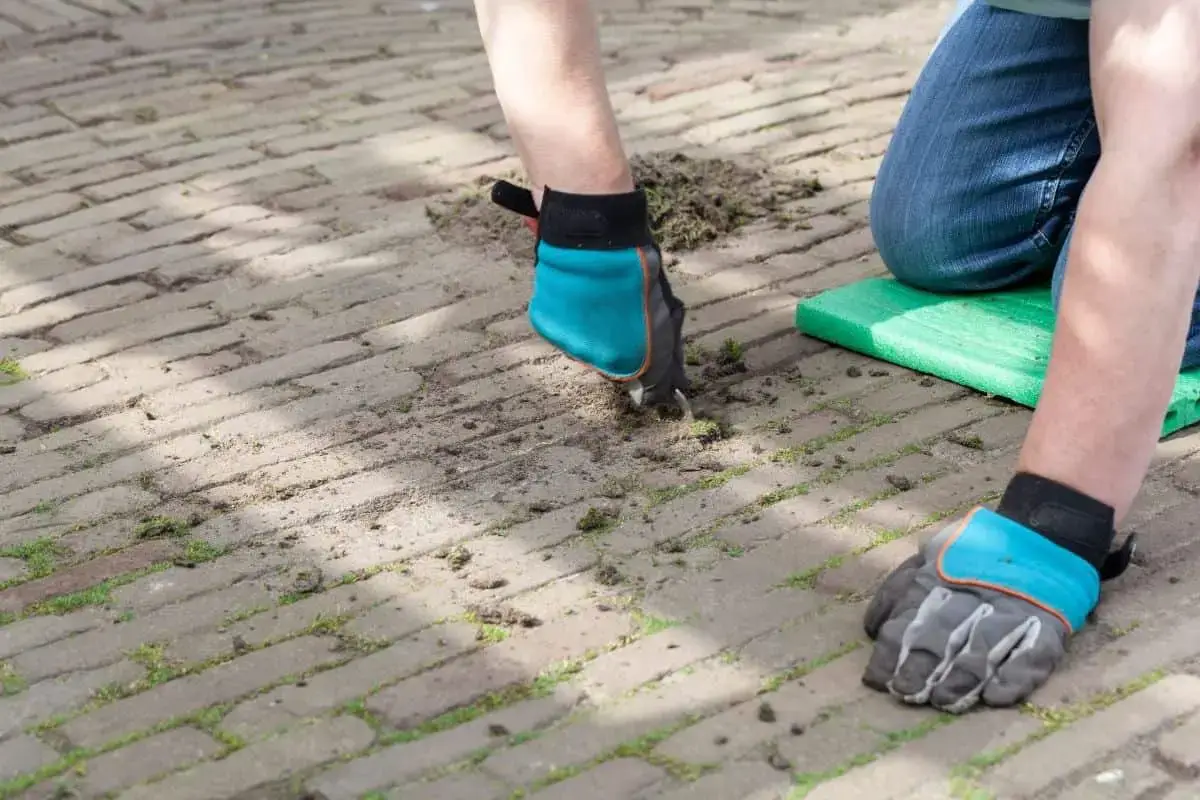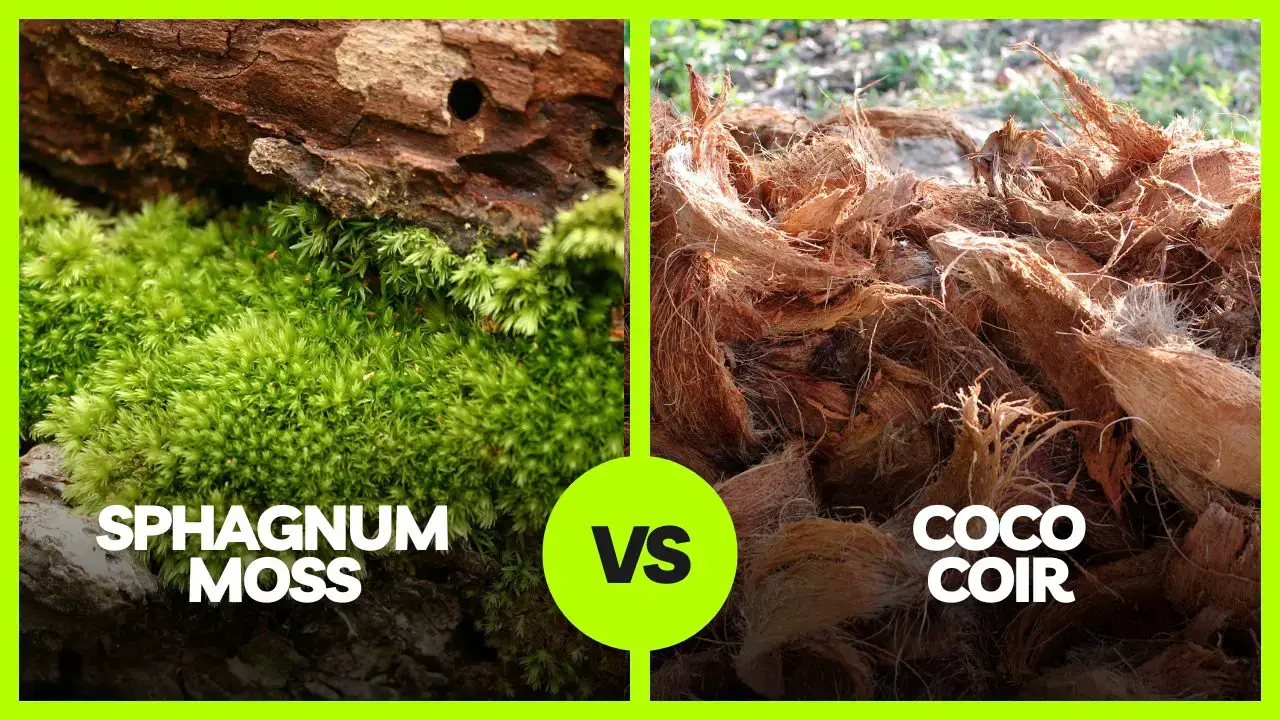
Sphagnum moss pole vs Coir pole. Which one is best for your houseplants?
Read more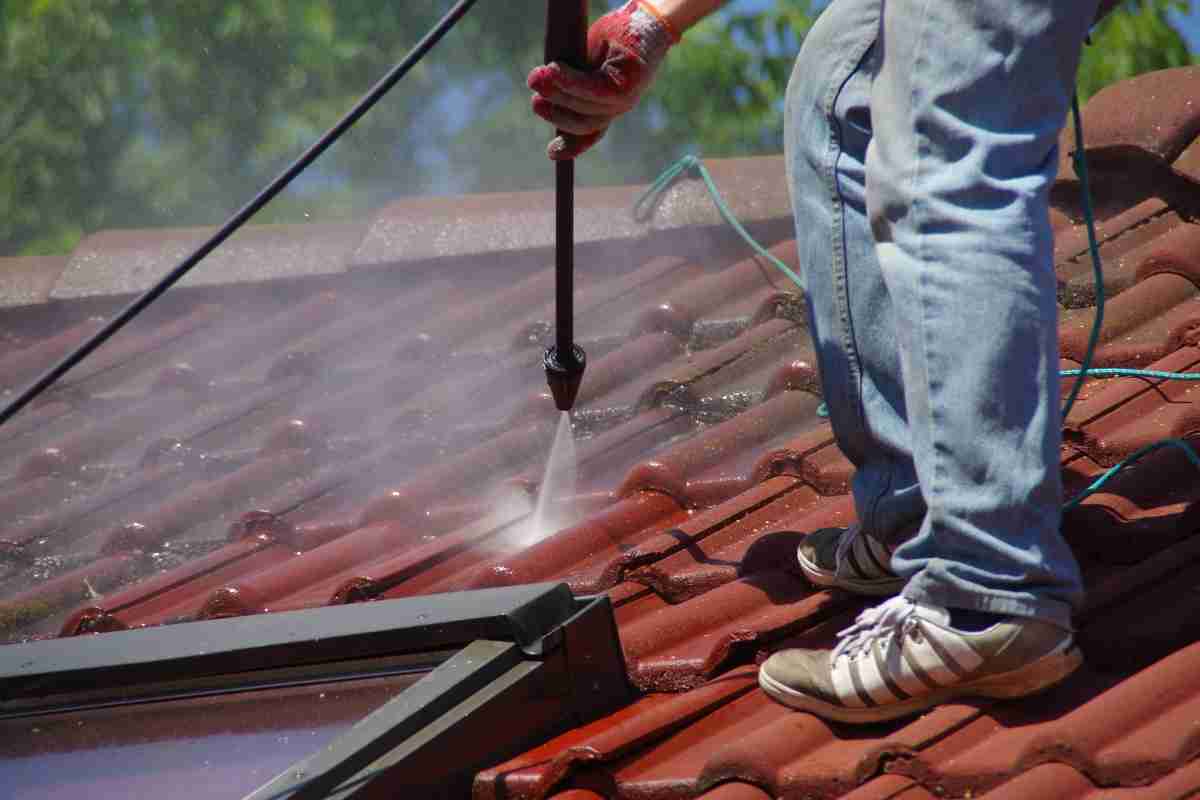
How To Remove Moss From A Roof With Vinegar?
Read more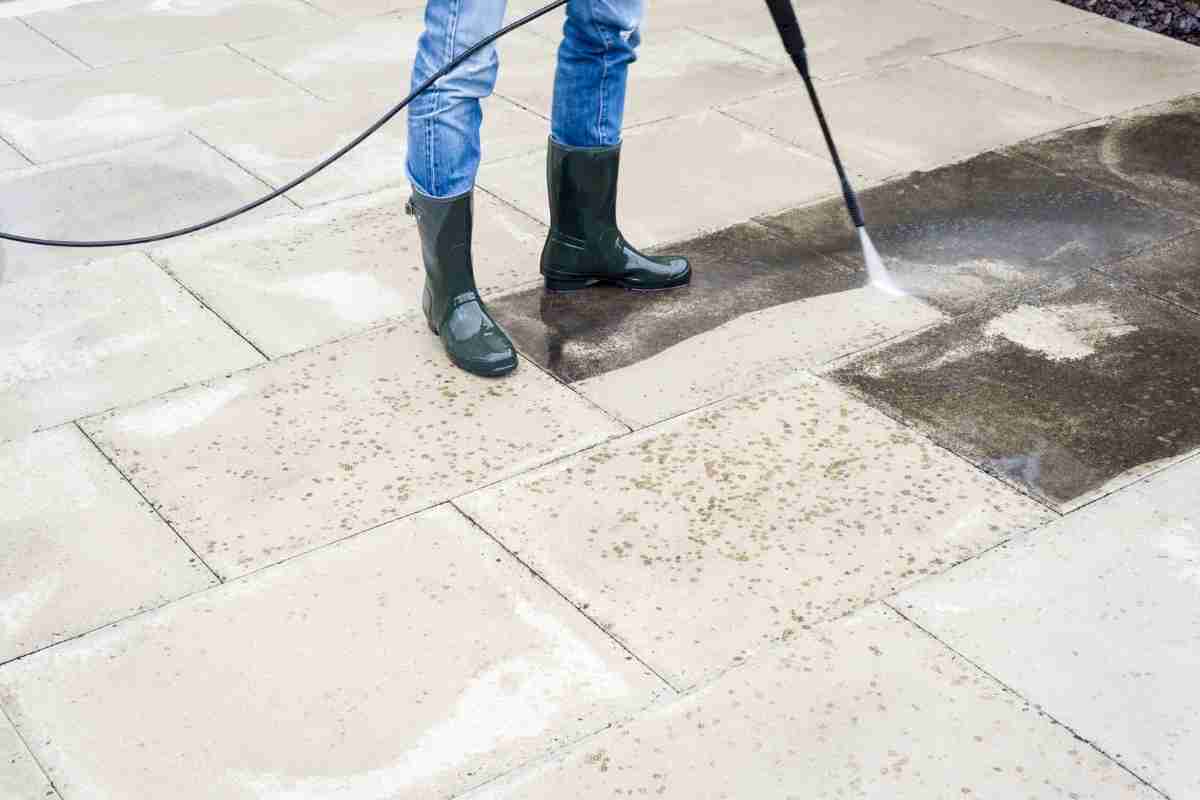
5 Best Moss Killers for Block Paving
Read more
Is Moss Really Poisonous? The Toxic Myth Uncovered: Safe to Touch or Dangerous?
Read more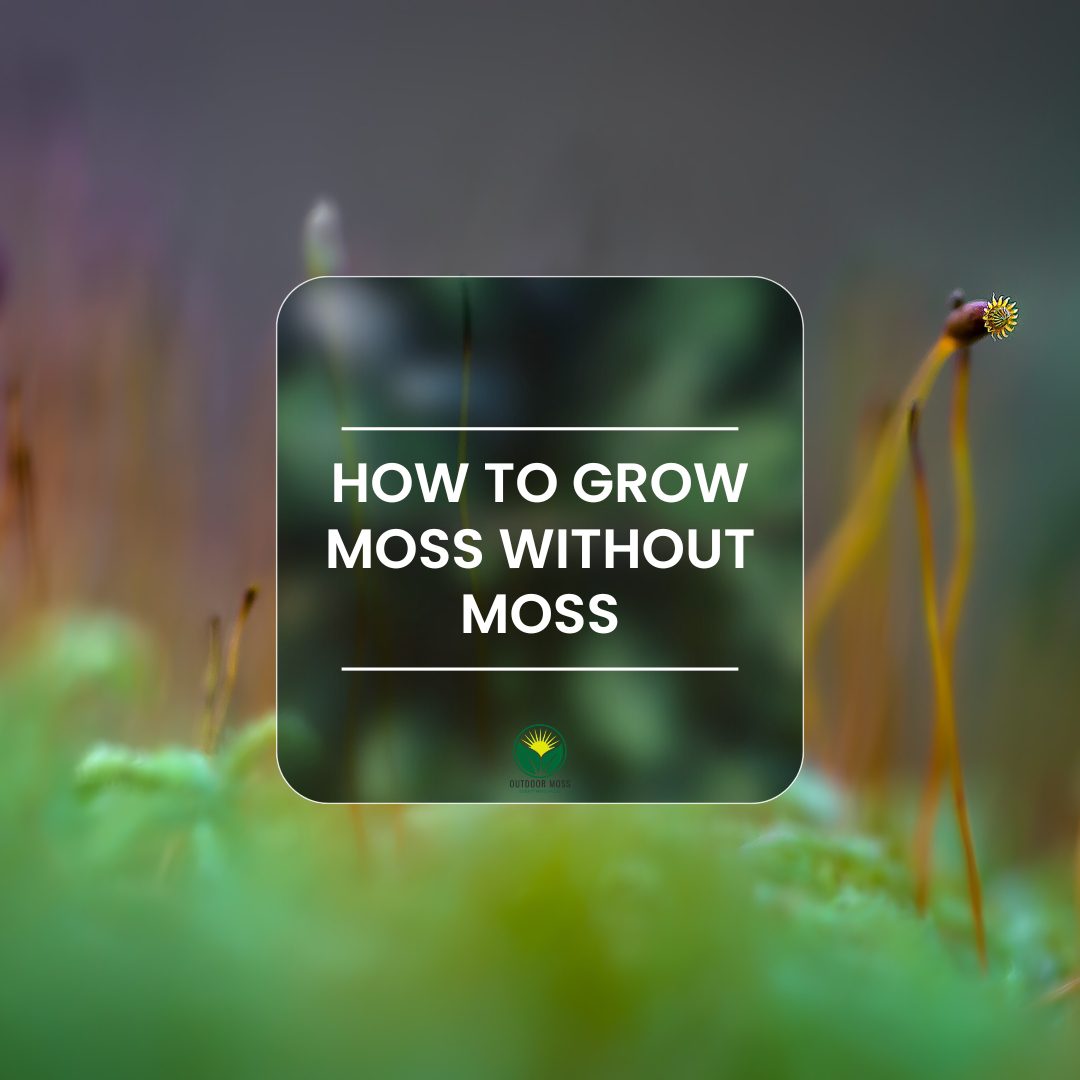
How to grow moss without moss. And why you’d rather not
Read more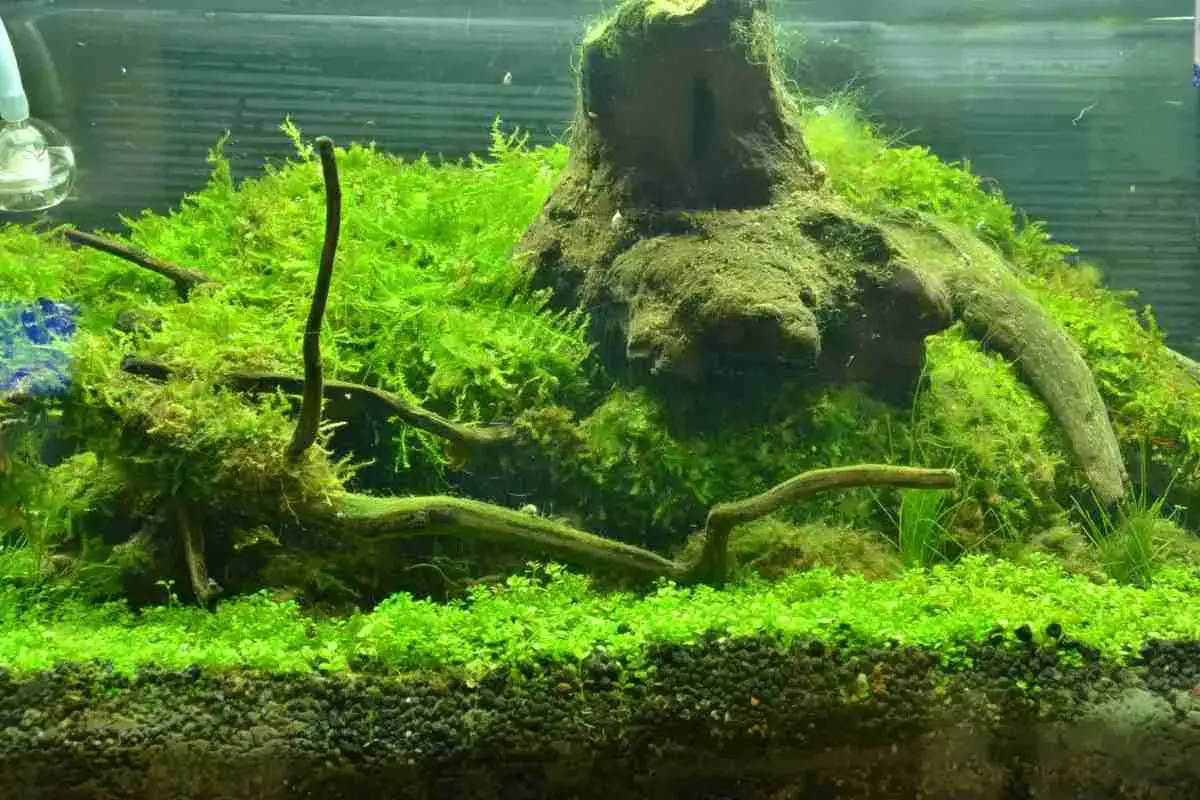
6 Simple Methods To Grow Java Moss Fast
Read more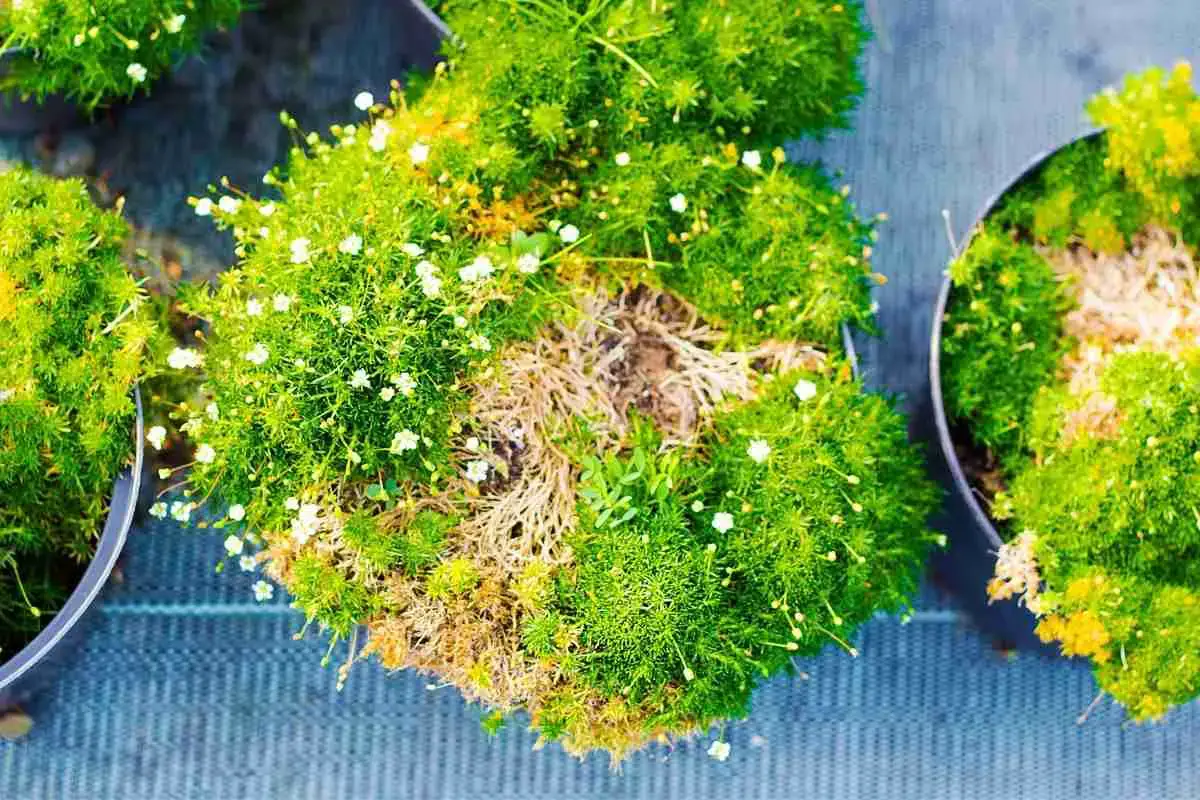
Scotch Moss or Irish Moss: Unveiling the Key Differences You Need to Know!
Read more
7 Easy Tips To Make Moss Grow Faster!
Read more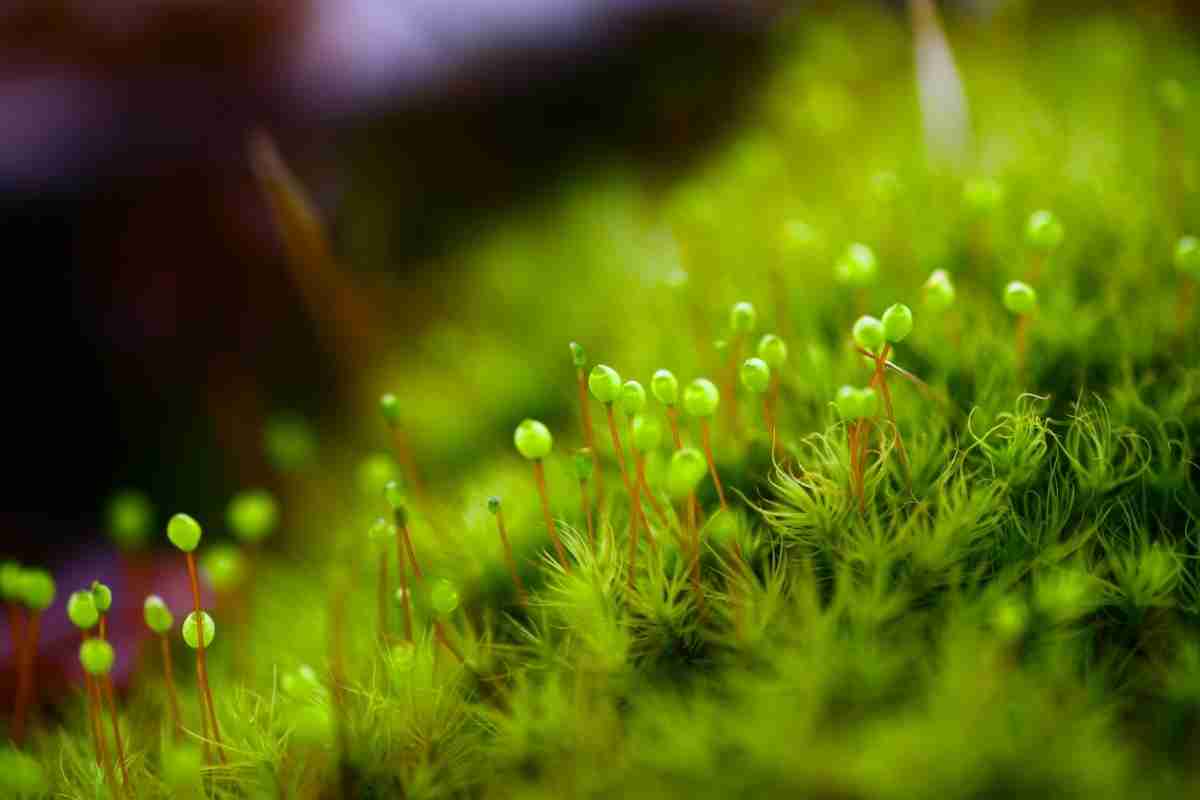
How Does Moss Reproduce? (Asexually And Sexually)
Read more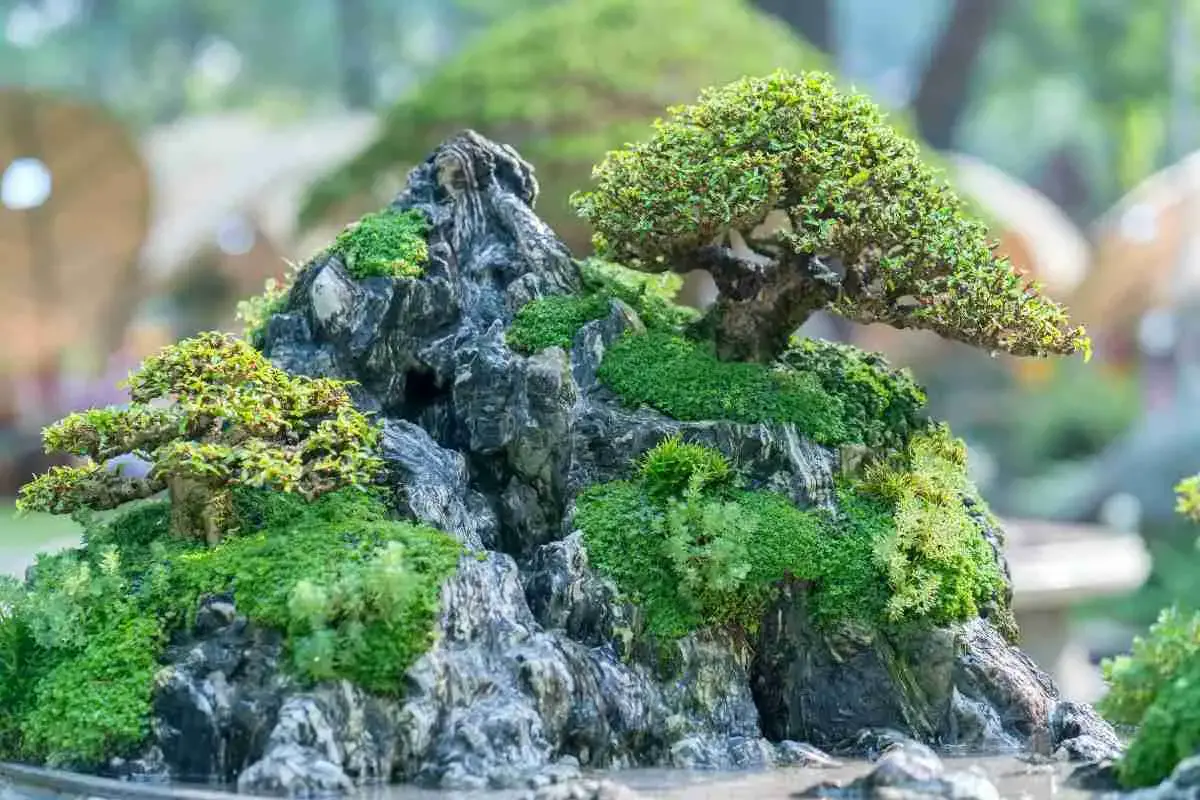
6 Types Of Moss For Bonsai: Bonsai Moss
Read more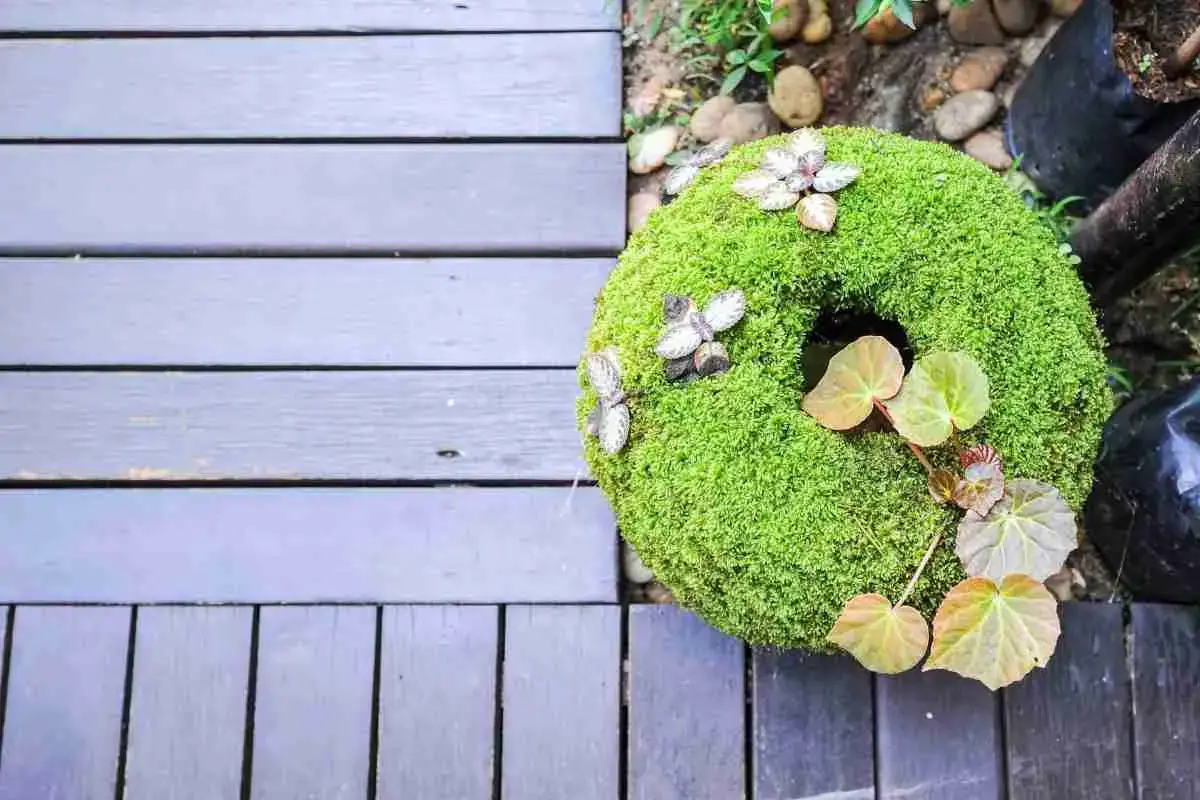
Decorative Moss For Potted Plants: Live & Preserved
Read more